South China Sea NewsWire
The aggregator service for balanced and insightful news
The aggregator service for balanced and insightful news
The Philippines is working hard to bring China back to the table for talks to resolve differences in the South China Sea, Foreign Affairs Secretary Enrique Manalo said on Tuesday.
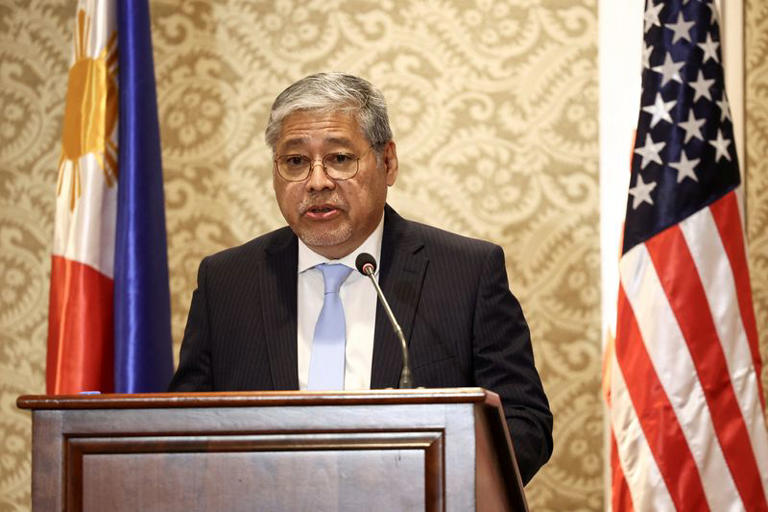
The People’s Liberation Army has conducted drills in the South China Sea featuring landing ships amid tensions over disputed islands with the Philippines.

The Philippines’ defence chief said China used “aggressive and illegal force” to disrupt a resupply mission in the South China Sea and said last week’s maritime incident, which injured a sailor, was neither a misunderstanding nor an accident.
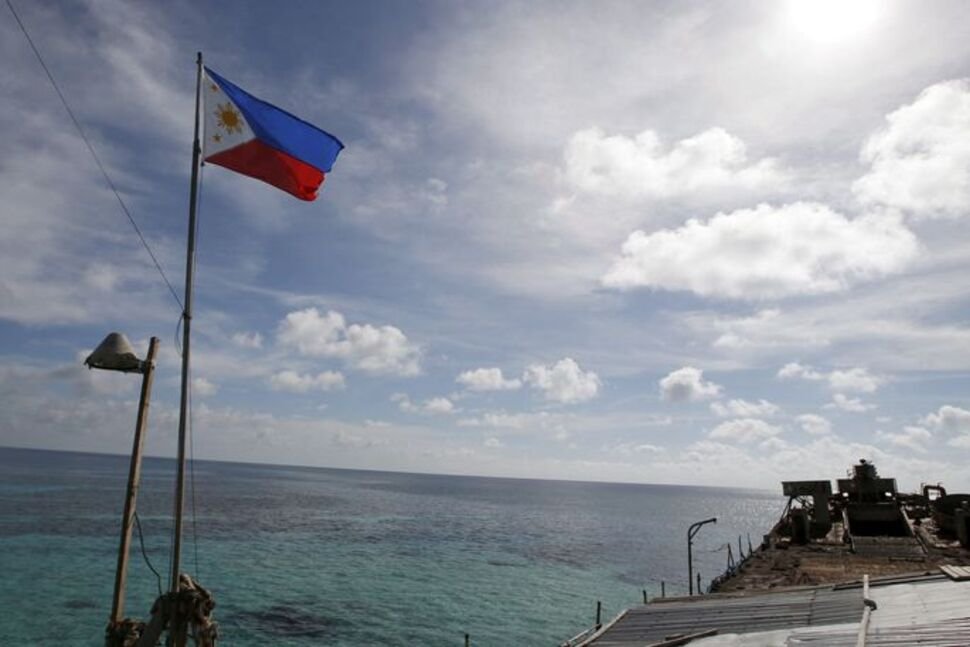
When Chinese soldiers on June 17 boarded a Philippine vessel heading to Ayungin Shoal in the Spratly Islands to replenish food and medicine to soldiers manning the derelict warship Sierra Madre, which remains beached there, it sent a shudder across the world, heightening the specter of war. Washington condemned China over what the Philippines called an “intentional high-speed ramming” by the Chinese Coast Guard, with several Filipino sailors injured in the confrontation, and with business interests in Manila beginning to grow acutely skittish.

A bid by the Philippines to have the United Nations formally recognise the extent of its continental seabed in parts of the disputed South China Sea could encourage similar claims from rival claimant states, according to observers.

U.S. Assistant Secretary of State for East Asia and Pacific Affairs Daniel Kritenbrink on Saturday said the situation in the South China Sea is deeply concerning, and said China’s recent actions in the disputed waterway were “deeply destabilising”.
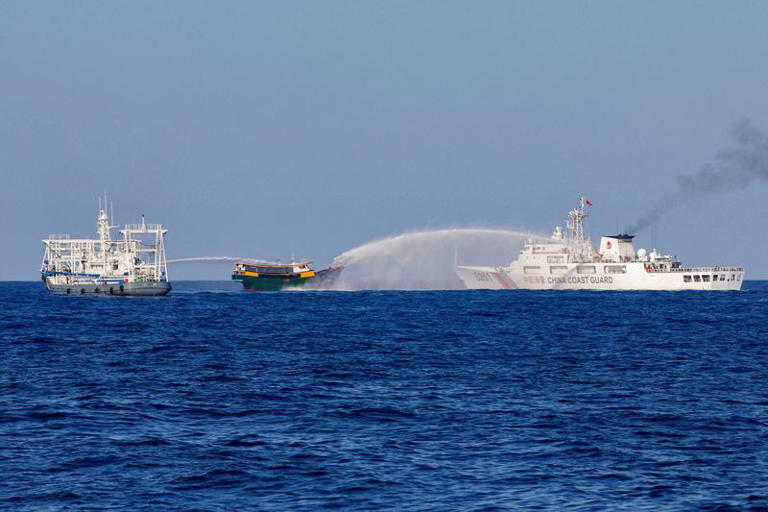
The Philippines has secretly reinforced a dilapidated warship marooned on a South China Sea reef that is central to an increasingly dangerous dispute with Beijing, according to six people familiar with the operation.
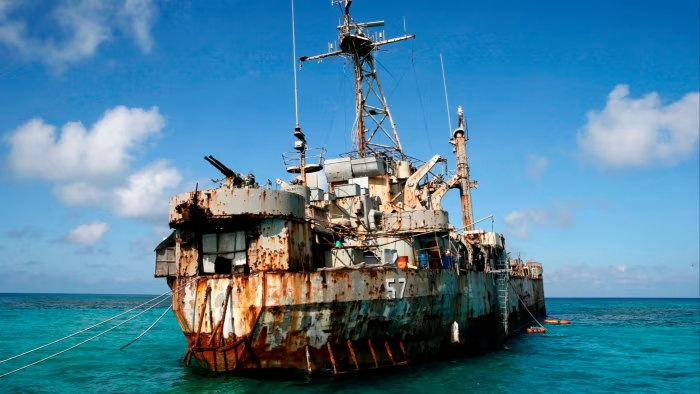
US Secretary of State Antony Blinken on Wednesday talked by phone with Philippine Foreign Secretary Enrique Manalo about China’s actions in the South China Sea, which Manila and Washington have called escalatory.

The Philippine military chief demanded Wednesday that China return several rifles and equipment seized by the Chinese coast guard in a disputed shoal and pay for damage in an assault he likened to an act of piracy in the South China Sea.
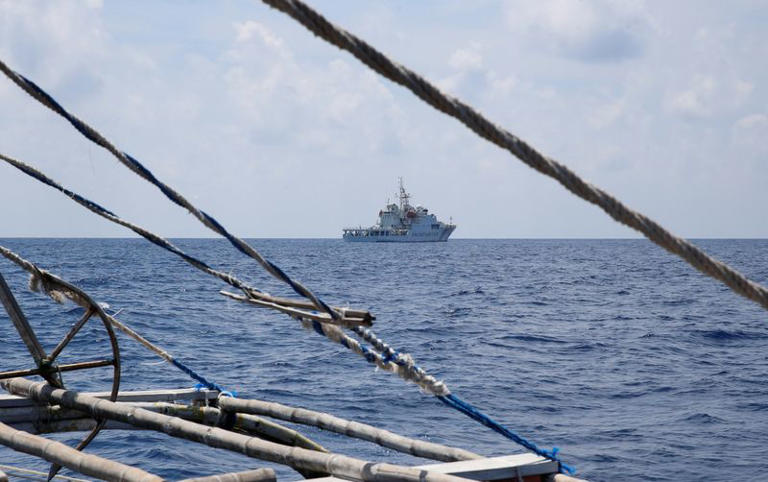
Each month, South China Sea NewsWire identifies and features the most crucial articles on political, economic, and other developments in the South China Sea and surrounding regions. We provide top-level summaries of articles for easy access to selected news, conferences, podcasts, videos and integrated media. We offer a reading experience that favors discovery over opinion. South China Sea NewsWire is powered by article data from the Perigon News API. Perigon’s AI-enriched technology provides structured, intelligently classified news data in real time from over 80,000 global sources.